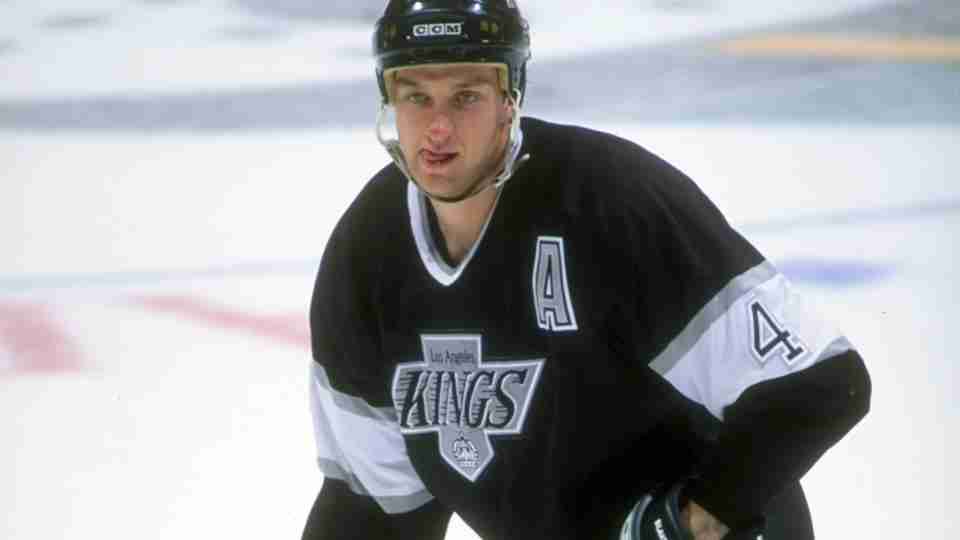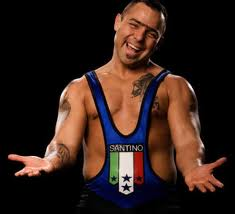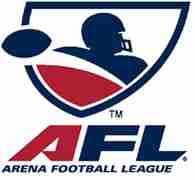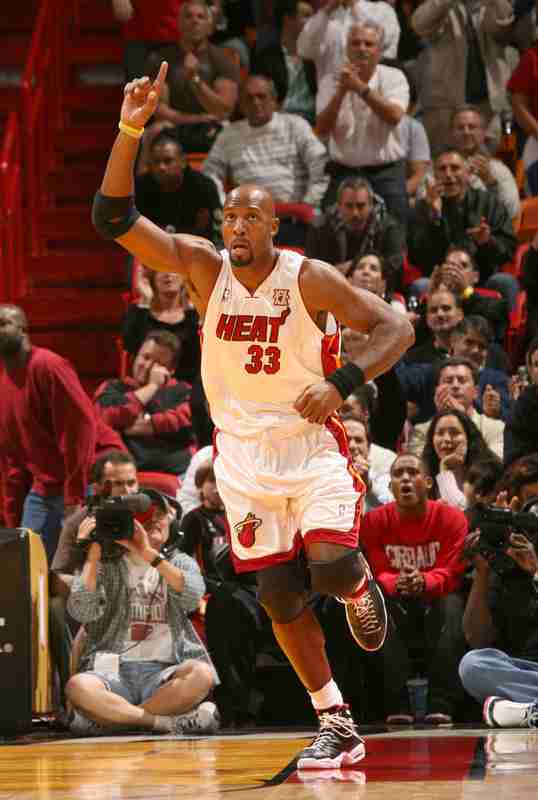
Committee Chairman
Kirk Buchner, "The Committee Chairman", is the owner and operator of the site. Kirk can be contacted at [email protected] .
Kings to retire Rob Blake's number 4
Aug 13, 2014
Published in
Not in Hall of Fame News

The Los Angeles Kings have announced that they will retire the number 4 of Rob Blake, marking the sixth time that the organization has retired a number. Blake joins a group that includes Marcel Dionne (#16), Dave Taylor (#18), Luc Robitaille (#20), Rogie Vachon (#30) and Wayne Gretzky (#99).
Blake was drafted by Los Angeles in 1988, Blake worked his way up the ranks to become one of the top Defenceman in the National Hockey League. He would have his breakout campaign in the 1997/98 season where he won the Norris Trophy Award as the NHL’s top Defenceman and earned First Team All Star honors. Blake would earn another two Second Team All Star selections as a King before being traded to the Colorado Avalanche, where he would later win his only Stanley Cup Trophy. Blake would return to Los Angeles as a Free Agent in 2006.
This year, Rob Blake entered the Hockey Hall of Fame on his second year of eligibility. He also returned to the Kings as the Assistant General Manager last year, which gave him his second Stanley Cup Ring with Los Angeles winning the championship.
The ceremony will take place this upcoming season against a home game with the Anaheim Ducks.
We will be unveiling a look at each major North American Franchise and their respective retired numbers and Halls of Fame/Rings of Honor soon. Blake’s addition to the Staples Centre rafters is a well earned one, and should slightly improve the rankings once we publish that new section.
Two in ring WWE Retirements
Aug 13, 2014
Published in
Not in Hall of Fame News

With the whirlwind of cuts stemming from the WWE Network not generating the expected revenue, two wrestlers have quietly announced they are ending their in-ring career. Santino Marella and Tensai, both former Intercontinental Champions have had interesting runs in the biggest wrestling promotion in the World, and we thought it would be fun to look back at the careers of these two men.
Born Anthony Carelli in Mississauga, Ontario, Canada, the future Santino Marella got his start in the early 2000’s in Ontario based independents and also competed in various forms of mixed martial arts. He would get attention from the WWE, and was assigned to Ohio Valley Wrestling where he would get a push as a Russian martial arts grappler named Boris Alexiev. Carelli was able to channel the accent, but when he was called up to the main roster, he was asked to revert back to his Italian heritage.
Now known as Santino Marella, he debuted on Monday Night Raw when they were in Italy and was a surprise opponent of WWE Intercontinental Champion, Umaga. With the assistance of Bobby Lashley (with whom Umaga was feuding with), Marella became the new Intercontinental Champion. Marella did not get over, but following a loss of the Title and a slow heel turn, he would become a good mid-card heel, who would add comedic elements to his persona to the point where for the past few years that you knew a Santino Marella segment was usually good for a laugh or two. This would become especially important, as the WWE would constantly force feed bad comedy down viewer’s throats, and Marella was had far more comedic hits than misses.
As much fun as Santino was, we never really saw the entire scope of his in-ring wrestling ability. Marella’s character did not lend itself to lengthy matches or serious angles, though we do remember specifically at the Elimination Chamber in 2013 when he was Randy Orton’s surprise replacement and lasted until the end, to the delight of the fans.
Citing a neck injury, Marella announced that his in-ring career appeared to be over, though this has received little to no mention on WWE programming or even their own website. Should Santino Marella never again appear on WWE TV again, did he do enough to be in the Hall of Fame, and if so (or even if not) what rank should he have on our list when we set out to do our revisions?
Marella will definitely be ranked on our list, though we are not sure about Matt Bloom who quietly announced that he was also done wrestling.
Bloom first entered the then named World Wrestling Federation as Prince Albert, playing off his numerous body piercings. He would go through numerous name changes and tag team partners in his five year run, though never really escaped the mid-card. His arguable high point was a brief run with Intercontinental Title and going against the Undertaker on a handicap match at Wrestlemania.
Following his release from the WWE in 2004, Bloom would go to Japan, and it was there that the handcuffs were released and he did the best work of his career. As “Giant Bernard” he would win multiple tournaments and championships and with his hairy torso replaced with tattoos, he looked more menacing than ever.
Still as an American, he looked to return to the United States in 2012 and he resigned with the WWE, this time playing off his past as a wrestler in Japan. Now named Lord Tensai, Bloom was booked as a monster, but the fans recognized him immediately as the former “Albert” despite the eight year gap, was perceived as a mid-card talent despite the huge push he received upon his return.
Within eight months, Lord Tensai, became “Sweet T” one half of a tag team with Brodus Clay, another large man whose star had fizzled and the now named “Tons of Funk” were nothing more than a dancing comedy act. Bloom would go through another name change and become Jason Albert, a commentator on NXT.
Although his combined tenure was long in the WWE, it is difficult to place him very high on our Notinhalloffame WWE list, if we place him at all.
Regardless, we would like to thank both Anthony Carelli and Matt Bloom for their work in the ring.
Arena Football League sets its new class.
Aug 12, 2014
Published in
Not in Hall of Fame News

The Arena Football League announced their Class of 2014 during their National Conference Championship Game. The relatively new league first began operation in 1987, and inducted their first member to their own Hall of Fame in 1997. Currently, the AFL has fourteen teams and is doing substantially better economically, as we are only five years removed from when they League suspended operations in 2009 for one season to restructure their business model
Four players were selected for this year’s class.
The arguable headliner of the Class is Damian Harrell, who is the all time Arena League leader in Receptions. Harrell also was named the Arena League Offensive Player of the Year twice (2005 and 2006) and was a five time All Arena Selection, two of which were First Team. Harrell played his College Ball at Florida State.
Former Fullback/Linebacker, Andre Bowden, a three time Arena Bowl winner and three time All Arena Selection was chosen. Bowden played Collegiately at Fayetteville State University and is the all time leading rusher for the Tampa Bay Storm.
Kyle Moore-Brown also enters the Arena Football Hall of Fame. Moore Brown played Offensive Lineman/Defensive Lineman and has the record for the most career starts in the league history. He was also a two time AFL Champion and a three time AFL All Ironman Selection. Moore-Brown played college for University of Kansas.
The final selection is Omarr Smith, who won four Arena Bowl Titles and has since won two more as a coach after he retired from playing. Smith is the all time leader in Tackles in the Arena League.
A ceremony will take place next year officially inducting them into the Hall of Fame.
We would like to congratulate all four of these men for receiving this honor.
A final look at this year's Hoops HOF Class
Aug 10, 2014
Published in
Not in Hall of Fame News

As many of you know, the Naismith Basketball Hall of Fame inducted their Class of 2014 in Springfield, Massachusetts this weekend. Rather than generate criticism on their process (which we have done often), and the ceremony itself (which we will do in a lengthy piece on the site next weekend), let’s take one final look at those who entered the Hall.
The headliner was former commissioner, David Stern. Commissioners of major sports are often criticized, and Stern did receive his fair share of it. Without going into his career in great detail, we will leave you with one undeniable fact: the National Basketball Association had an exponential growth in revenue, exposure and virtually every other metric you can think of. That alone should deflect any criticism of Stern’s entry to the Hall six months after he retired.
As far as players are concerned, the arguable top player inducted was Alonzo Mourning, who entered on his first year of eligibility. Mourning was a former two time NBA Defensive Player of the Year who spent the bulk of his career and best seasons with the Miami Heat. He would retire with a 17.1 Points per Game Average and would twice be named a post season All NBA Team. Mourning, an NBA Champion in 2006 with Miami and was number 2 on our previous list for Hall of Fame consideration.
Mitch Richmond also entered the Hall of Fame, though his wait took a few years. Richmond was the 1989 NBA Rookie of the year and would make six consecutive All Star Games and over that time span collected three Second Team and two Third Team All NBA Selections. He would win the NBA Championship in his final season in the NBA while playing for the Los Angeles Lakers, though it was his Sacramento that he had his best seasons and would have his number retired by the organization.
Former Point Guard, Guy Rodgers, who played from 1958 to 1970 entered as a Veterans Committee Selection. Rodgers was an NBA All Star four times and led the league in Assists twice.
From Lithuania, the International Committee chose Sadunas Marciulonis, who was one of the first regular European players in the NBA. His entry was largely a part of his near single handed resurrection of the Lithuania Basketball Program after the fall of the Soviet Union. The United States “Dream Team” got the press in the 1992 Barcelona Olympics, but it was the Bronze Medal of Lithuania that was the feel good story of the Games. He was also named as FIBA’s 50 greatest players in 1991.
The African American Pioneer Committee gave the Hall Nat “Sweetwater” Clifton, who was the second black player in the NBA. Formerly of the Harlem Globetrotters, Clifton began play with the New York Knicks in 1950 and would be named to the All Star Team in 1957.
As always, Coaching inductees are present in this year’s Hall of Fame Class.
Representing the American Basketball Association, Bob “Slick” Leonard enters on the strength of his three Championships with the Indiana Pacers. It is fitting that Leonard entered as seemingly an Indiana Pacer enters every year from the ABA Selection Committee.
College Coach, Nolan Richardson entered on a .711 Winning Percentage and the strength of a NCAA Championship in 1994 with the Arizona Razorbacks. Richardson would also appear in three additional Final Fours and was the NCAA Coach of the year, the year he won the title. He had already entered the College Basketball Hall of Fame in 2008.
Richardson is joined by Gary Williams, who also won the NCAA Title. His championship came with the Maryland Terrapins in 2002 and like Richardson is also a member of the College Basketball Hall of Fame, though he got in this year.
The women’s teams of Immaculata College, who in the early 1970’s won three consecutive AIAW Championship’s, a stunning feat for a small Philadelphia College, round out the group.
Again, as mentioned we will take a much deeper look at this ceremony in the weeks to come, but for now lets congratulate this class for receiving what for many is the ultimate honor of their career.

